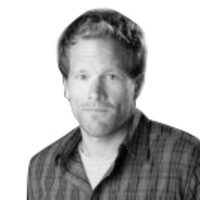Now Is the Time to Go to Normally Crowded Banff
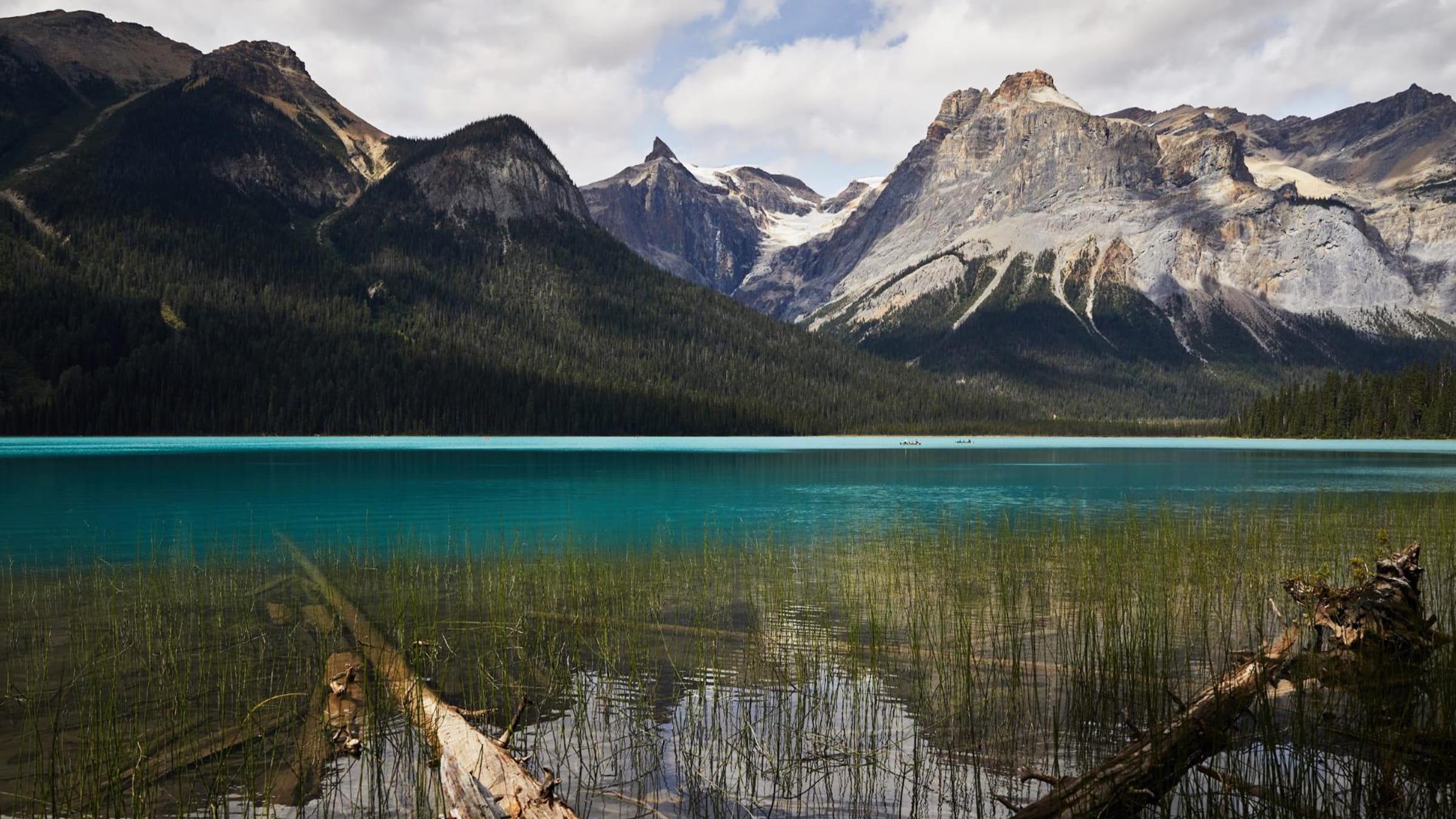
Winston Ross
A lot of U.S. travelers have yet to cross the newly reopened border, and much of the world still can’t enter Canada.
A few miles north of the Trans Canada Highway, near the tiny hamlet of Field, British Columbia, lies a blue-green lake aptly dubbed Emerald, and a lodge that borrows the name.
The lodge occupies such a small portion of land in Yoho National Park that there’s no space for visitors’ vehicles, so they’re left behind, a half-mile away. Guests board a sprinter van, which shuttles them across a small wooden bridge at the lakeshore to the registration desk.
If this sounds like a remote wilderness experience, it isn’t. On sunny summer Saturdays, the road from the parking lot is lined with cars, with tourists scurrying to and from the trailhead; to rent kayaks, canoes and paddle boards; or to pose for selfies on the wooden bridge. The shuttle driver shoos them away, every half-hour or so.
“If you think this is bad,” the driver says apologetically to the van’s passengers, as the vessel waits for dozens of tourists to clear out of the way, “you should see it when the international borders are open. It’s five times this.”
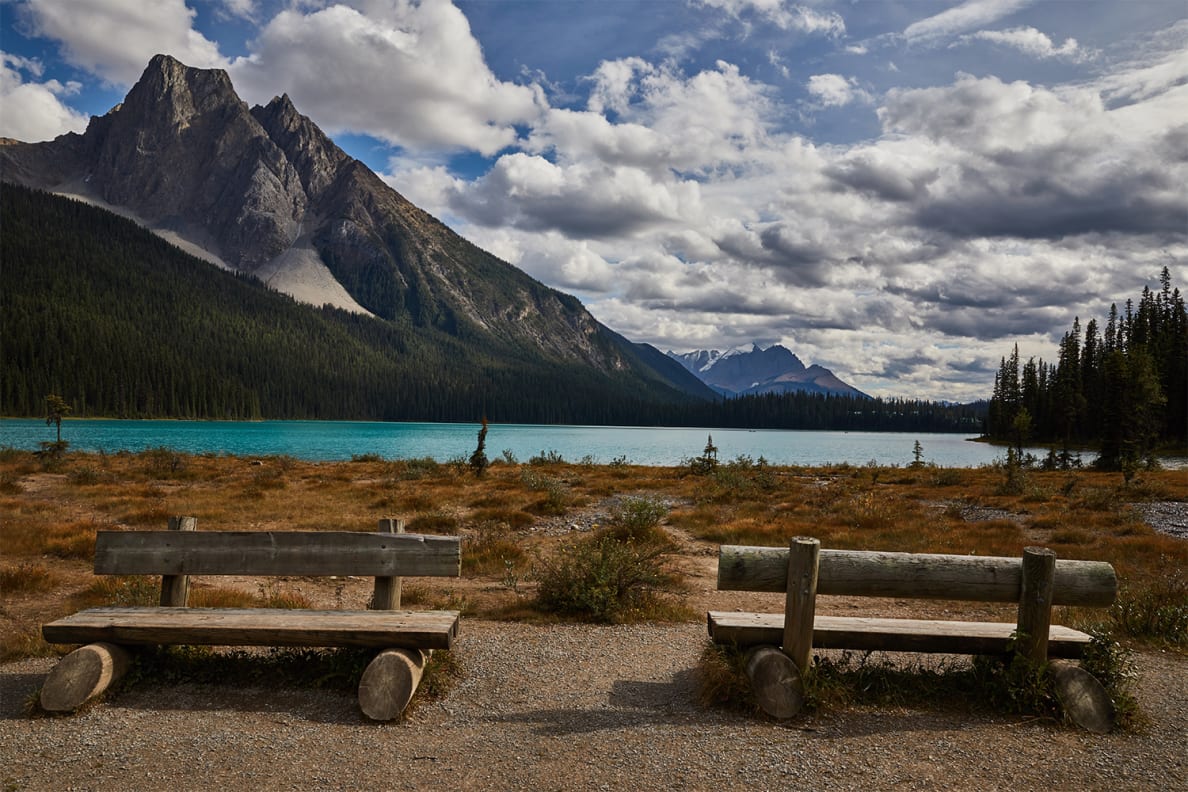
"Emerald Lake, in Yoho National Park, draws hundreds of thousands of tourists each year."
Winston Ross
At the moment, there’s only one international border open to Canada: the 5,525-mile land border with the U.S. On Aug. 9, after 18 long months, it reopened to nonessential travel, without reciprocation from American officials. Americans can visit Canada now, just for fun. Canadians can’t visit us, by land anyway.
A week and a half later, the crossing at Roosville, British Columbia, was quiet. An hour north of Whitefish, Montana, Roosville is about as rural a place to escape America and its rising COVID counts and crowded campgrounds as it gets, but there’s no way to guarantee a quick dash across an international boundary, anywhere. When I arrived in Roosville, on Aug. 22, I planned to wait for hours. I was across in 30 minutes.
Despite its laudable vaccination rates and comparably low case counts, Canada’s newly unrolled welcome mat to its southern border has yet to inspire many Americans to rush north. A little over 200,000 non-commercial travelers entered Canada by land in the week after the border reopened, more than double the week before and triple the number that crossed that week in 2020. But in 2019, 1.4 million travelers crossed the border, and most hospitality operators report only a “trickle” of Yankees in their midst over the past few weeks. Chatty restaurant servers seem genuinely surprised when told their guests are from (my native) Oregon, or South Carolina, or Texas.
Which is why there may never be a better time to visit the land of Canucks, clicks and hosers— while they’re still happy to see us, that is.
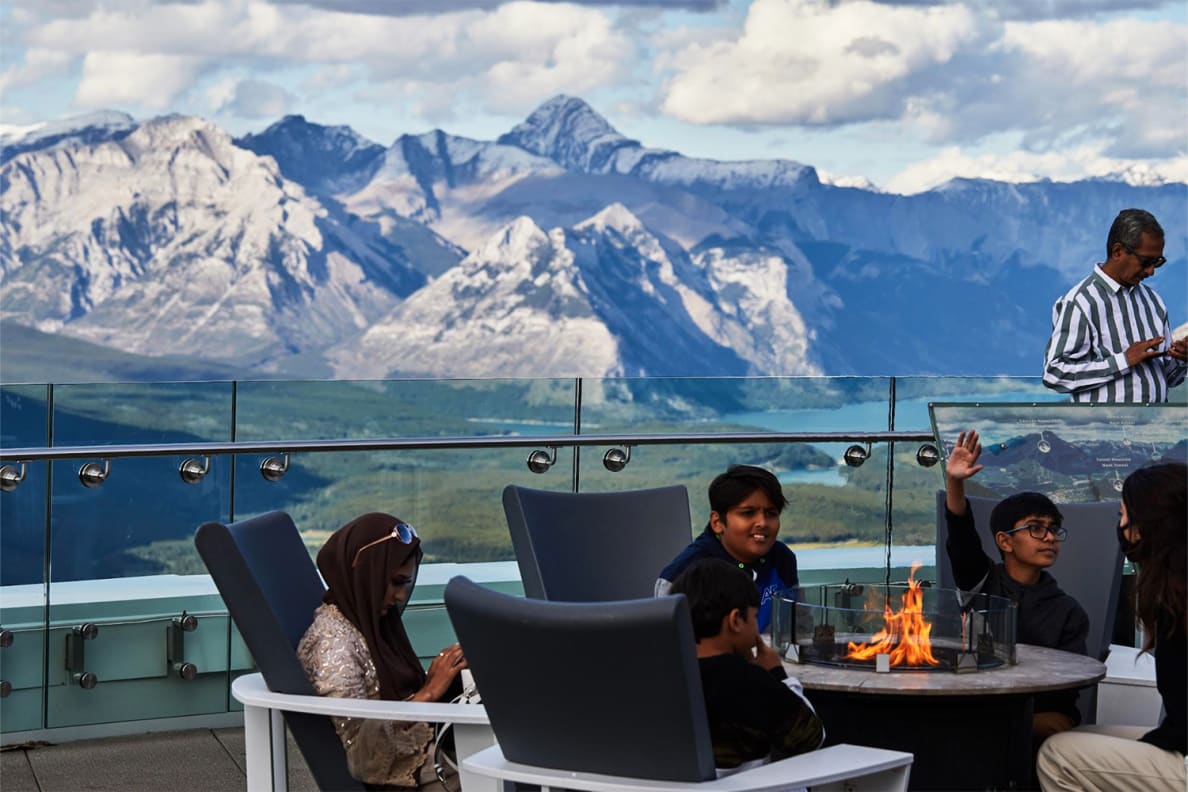
The Banff Gondola ferries travelers to stunning views of surrounding mountains.
Winston Ross
I arrived in Banff, named for the surrounding Banff National Park, to 50 degrees and rain. Locals greeted this weather happily, after a summer of heat waves and smoke. Like Venice, the Acropolis, and Times Square, the city blocks in Banff’s core are typically thronged with tourists in the high season. After wildfires from Oregon and California polluted Alberta’s skies for much of July, the air cleared and the travelers returned en masse, but with a starkly different composition: they’re mostly Canadian. Normally priced out by their strong dollar-wielding neighbors, Canadians have taken our place, in hotels made newly affordable by the past year and half’s drop in demand.
“It’s mostly eastern Canadians now,” says John Doherty, of Banff and Lake Louise Tourism. “From Quebec, and Toronto. From the U.S., I’ve seen one Connecticut license plate since the border reopened, and that’s it. I don’t know what’s holding people back.”
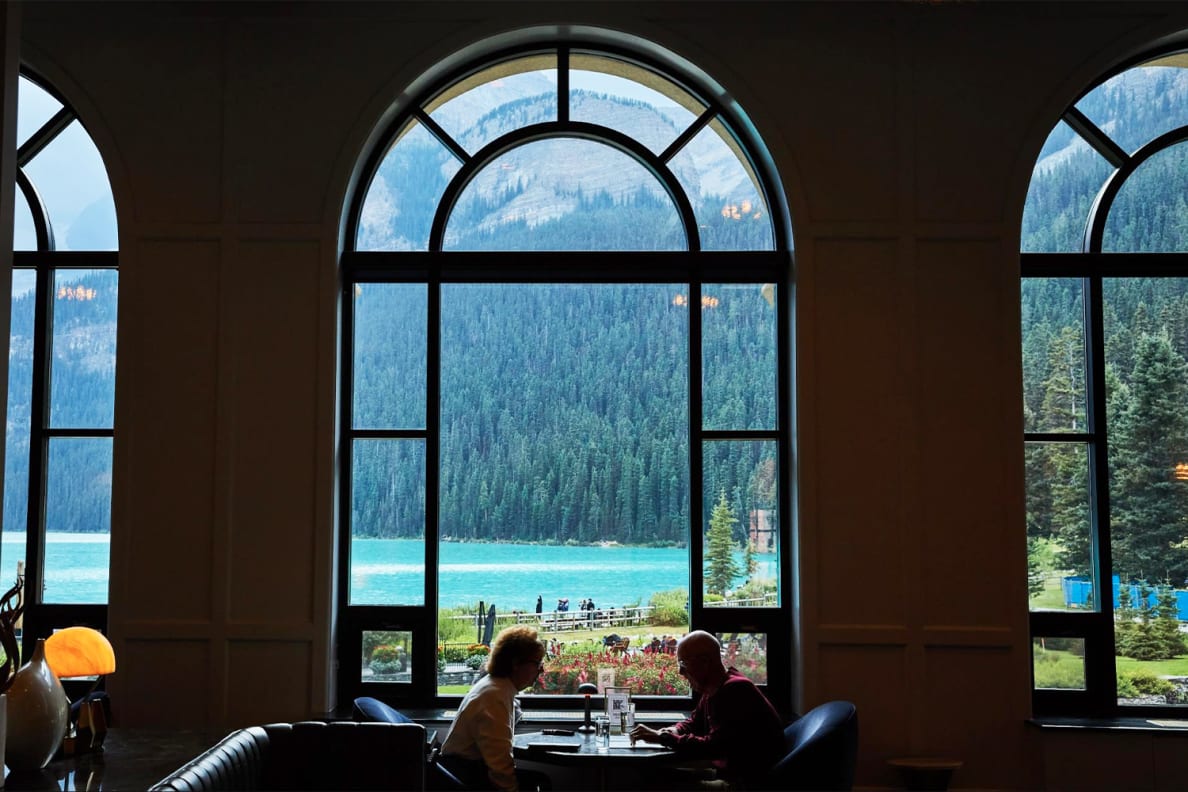
Guests dine at The Fairmont Hotel at Lake Louise, whose turquoise waters draw visitors all summer.
Winston Ross
Lynn Henderson, regional director of public affairs for Fairmont Hotels & Resorts, suggests it’s a confluence of factors; with rising case counts of the Delta variant of COVID-19, traveling internationally feels uncertain. The pent-up urge to get out that marked the beginning of the summer seems to have faded, in both countries. And while it’s certainly possible to cross the border, there’s no guarantee that it will be a smooth process. And there’s ample confusion about the border requirements. “We’ve had guests just show up at the airport, thinking they’re in because they’re vaccinated,” Henderson says, “and they call our hotels and we have to tell them they need recent COVID tests, uploaded into a portal.”
There is much to do in Banff and the surrounding national parks, and plenty of room to do it in. Options range from group tours, like the funky vintage-inspired vehicles of Open Top Touring to the beastly glacier navigators of Columbia Icefield Adventure; to individualized tours, like the ones Clare McCann’s Bikescape is newly authorized to lead on the single-track mountain biking trails just up the hill from the center of town. She applied for a permit every six months for the past five years, she said. Only in May did the Parks Service finally sign off. Now, she’s the only certified guide in Banff.
Some of the area’s most incredible experiences can be had without any help. Once the weather cleared up, my partner and I unsheathed inflatable kayaks from their storage bags atop the car and launched them into the Bow River, just below Banff Springs, with the regal Fairmont Banff Springs looming in the distance. We floated idyllic, turquoise class 1 water all the way to the next town, Canmore, then disembarked and caught a taxi back to the hotel.
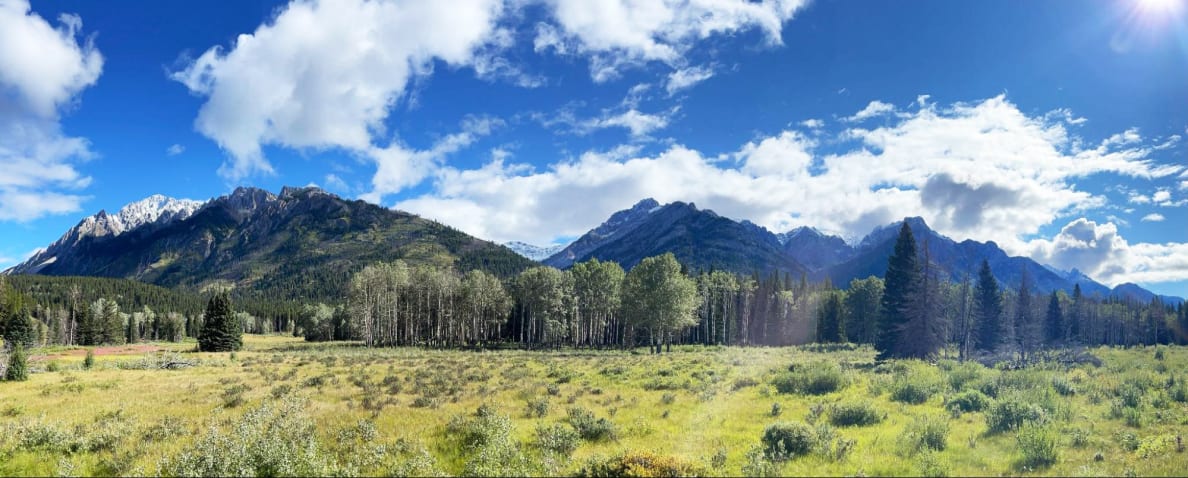
The Bow River Parkway is closed to motorists, offering a scenic respite for bicycle riding.
Winston Ross
If you get up early enough (to avoid crowds) the narrow slot Johnston Canyon makes for a breathtaking morning hike, which I took with a guide from White Mountain Adventures, who’d secured e-bikes for a leisurely ride back to town along the Bow River Parkway, closed to car traffic.
Banff’s food scene has improved considerably in the past decade, beyond chain restaurants like the Old Spaghetti Factory. Highlights include The Prow, which opened in July in the newly refurbished Buffalo Mountain Lodge; Hello Sunshine, a fun mashup of sushi and Korean BBQ with a menu too robust to be explored in one visit; and Sky Bistro, which requires a ride on the Banff Gondola, 2,900 feet above the town.
Kelly Givens and John Poole finally made it to Banff in late August, after rescheduling their trip three times. (They were originally to travel from Atlanta to Calgary in June 2020.) On a layover in Minneapolis, their flight was delayed by three and a half hours. A man sitting next to them had his negative COVID test, but was turned away at the gate for the flight to Canada because that delay had rendered his result more than 72 hours old.
“This is like Colorado on steroids,” Givens marveled. “The green of the water really captured me.”
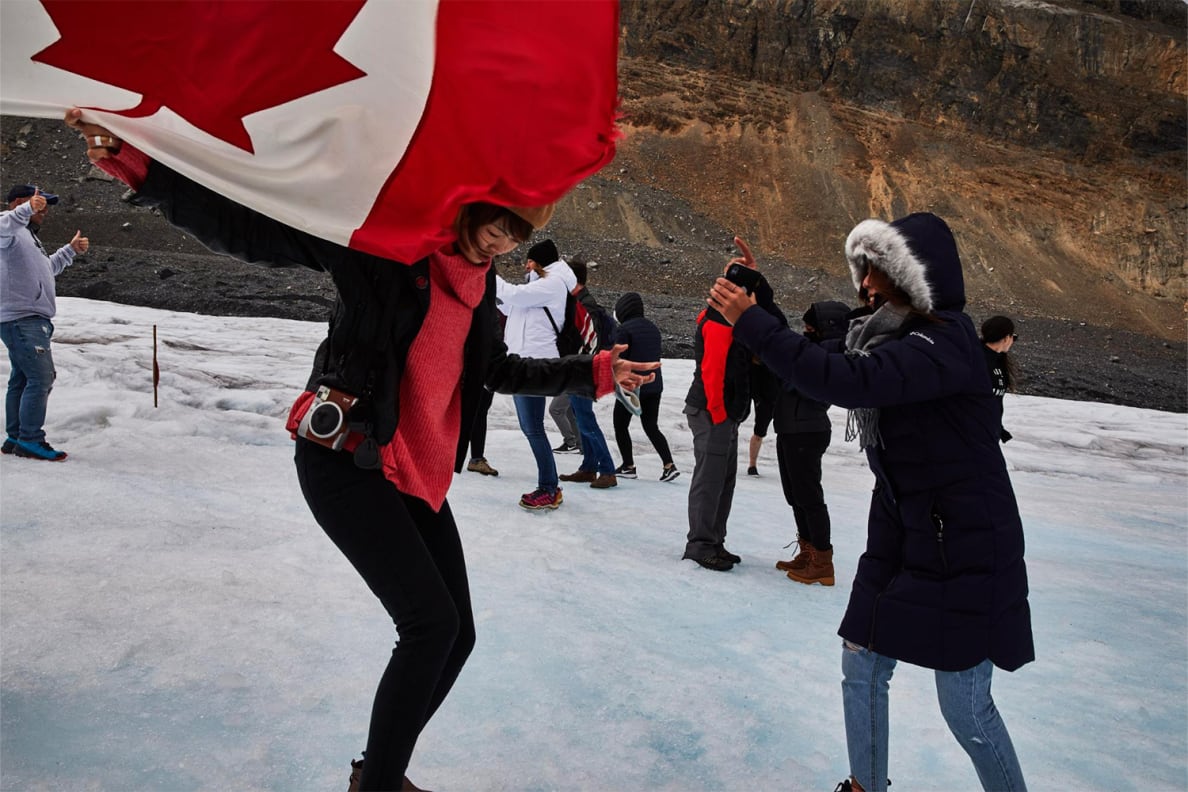
Tourists navigate slippery ice at the Columbia Icefield, one of the region's main attractions.
Winston Ross
Being among the only Americans in Canada was nice. There are few things more irritating when traveling abroad than to wind up halfway around the world and surrounded by American accents (especially when my compatriots are representing the U.S. poorly.) To travel to Canada now, even in touristy spots like Banff and nearby Lake Louise, is to enjoy a rare trip in a country that is mostly visiting itself, at the moment. To be American here feels almost exotic.
“It’s a hard place to get to,” said Tyler Longwell, 24, a driver and guide who took us to a wildlife safari with Discover Banff Tours. “You really tend to get one shot at it.”
Banff was founded after a couple of workers building the rail line from British Columbia over the Kicking Horse pass discovered a small hot spring in a cave on the eastern slopes of Alberta’s Rocky Mountains. They set up a rudimentary shack and began charging admission. When the federal government caught wind of the operation, officials saw the potential, bought the building from the rail workers and turned the whole region into a National Park, luring travelers by marketing the parks as “The New Alps.” Banff’s iconic hotel, the Fairmont Banff Springs, was built by the general manager of the Canadian Pacific Railway, William Cornelius Van Horn, who towered 7 feet fall and who famously declared: “If we can’t export the scenery, we’ll import the tourists.”
And import the tourists they have. In 1936, city leaders constructed an airstrip, solely to convince jazz singer Benny Goodman to fly his private plane to Canada and perform at the Banff Springs Hotel. Banff National Park typically sees 3 million visitors a year, more than any park in the country. The number dropped in 2020, for obvious reasons, but has bounded back this summer, driven by the same pent-up craving to get outside that has pushed National Parks in the U.S. to the brink.
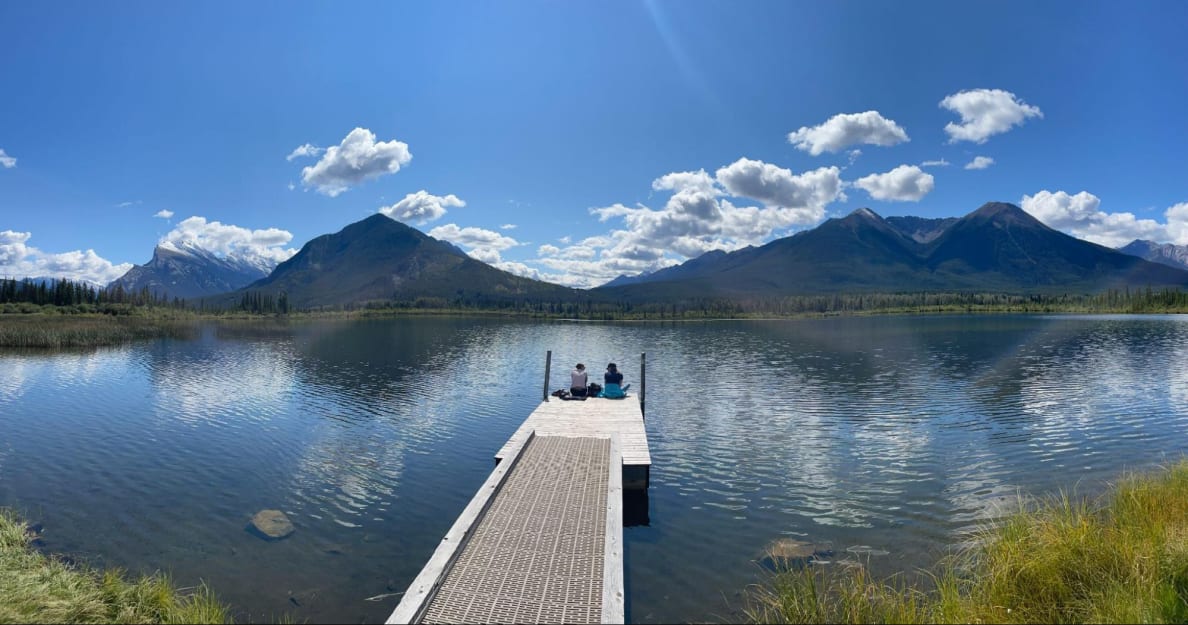
Emerald Lake, in Yoho National Park, draws hundreds of thousands of tourists each year.
Winston Ross
Returning to the U.S. last week was even easier than the trip north. At the crossing in Kingsgate, B.C., a border patrol agent handed back the passport I’d tucked my vaccination record into. “I don’t need to see that,” he asked, and after instructing me to roll down my windows and report whether I was carrying fruits, vegetables, alcohol or cannabis, waved me into America.
